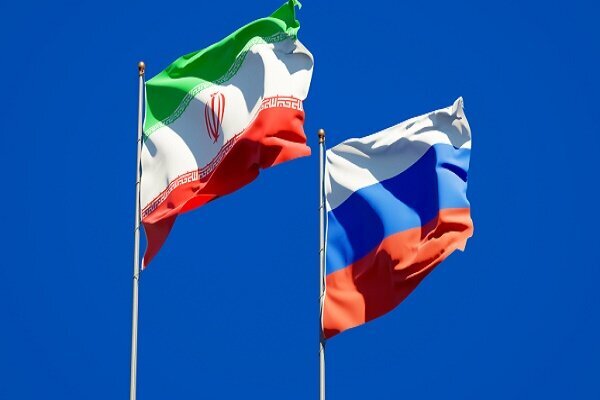India's Chandrayaan-3 Successfully Makes Soft Landing on Lunar Surface
Introduction
In a remarkable feat of space exploration, India's space agency, the Indian Space Research Organisation (ISRO), has achieved yet another milestone with the successful soft landing of Chandrayaan-3 on the lunar surface. This achievement not only demonstrates India's prowess in the field of space exploration but also paves the way for further discoveries on the moon's mysterious and uncharted terrain.
The Chandrayaan-3 Mission
Chandrayaan-3, the third mission in India's lunar exploration program, was launched with the primary objective of achieving a soft landing on the moon's surface. Building upon the successes and lessons learned from the previous Chandrayaan missions, this endeavor aimed to further expand our understanding of the moon and its geological characteristics.
Key Goals of Chandrayaan-3:
Soft Landing: The primary goal was to successfully make a soft landing on the lunar surface, following in the footsteps of Chandrayaan-2, which had reached the moon but faced difficulties during its landing attempt.
Scientific Research: Chandrayaan-3 was equipped with advanced scientific instruments to conduct in-depth research on the moon's surface, including its mineral composition, topography, and geological history.
Technology Demonstration: The mission also served as a technology demonstrator, showcasing India's advancements in space technology and its ability to execute complex missions.
The Challenges of Lunar Soft Landings
Landing on the moon is a complex and challenging task. The moon's lack of atmosphere makes it a particularly unforgiving environment for landings. Any mistakes or miscalculations during the descent can result in mission failure, as demonstrated by Chandrayaan-2's Vikram lander.
Chandrayaan-3's Success
After meticulous planning and rigorous testing, Chandrayaan-3's lander successfully descended to the lunar surface. The entire world watched with bated breath as telemetry data and live updates were broadcasted by ISRO. The nation held its collective breath, remembering the tense moments during the Chandrayaan-2 mission.
The moment of jubilation finally arrived when the mission control announced, "Chandrayaan-3 has made a successful soft landing on the lunar surface." The room erupted in applause, and celebrations broke out across the nation. India had once again proven its capabilities in space exploration.
Significance of the Achievement
Scientific Discovery: Chandrayaan-3 is expected to provide valuable data about the moon's geological history, which can help scientists better understand the moon's formation and evolution.
Technological Advancement: This successful landing reinforces India's position as a formidable player in the global space race. It demonstrates ISRO's ability to learn from past setbacks and bounce back with improved technology and precision.
Global Collaboration: India's success in lunar exploration opens up opportunities for international collaborations, fostering cooperation in space research and exploration.
Inspiration: The success of Chandrayaan-3 serves as a source of inspiration for future generations of scientists, engineers, and space enthusiasts in India and around the world.
Conclusion
India's Chandrayaan-3 mission has achieved a momentous milestone with its successful soft landing on the lunar surface. This accomplishment not only advances our understanding of the moon but also showcases India's growing prominence in the field of space exploration. As the mission continues to unfold and gather scientific data, it promises to unveil new insights into the moon's mysteries. Chandrayaan-3 stands as a testament to human ingenuity, perseverance, and the spirit of exploration.




Comments
Post a Comment